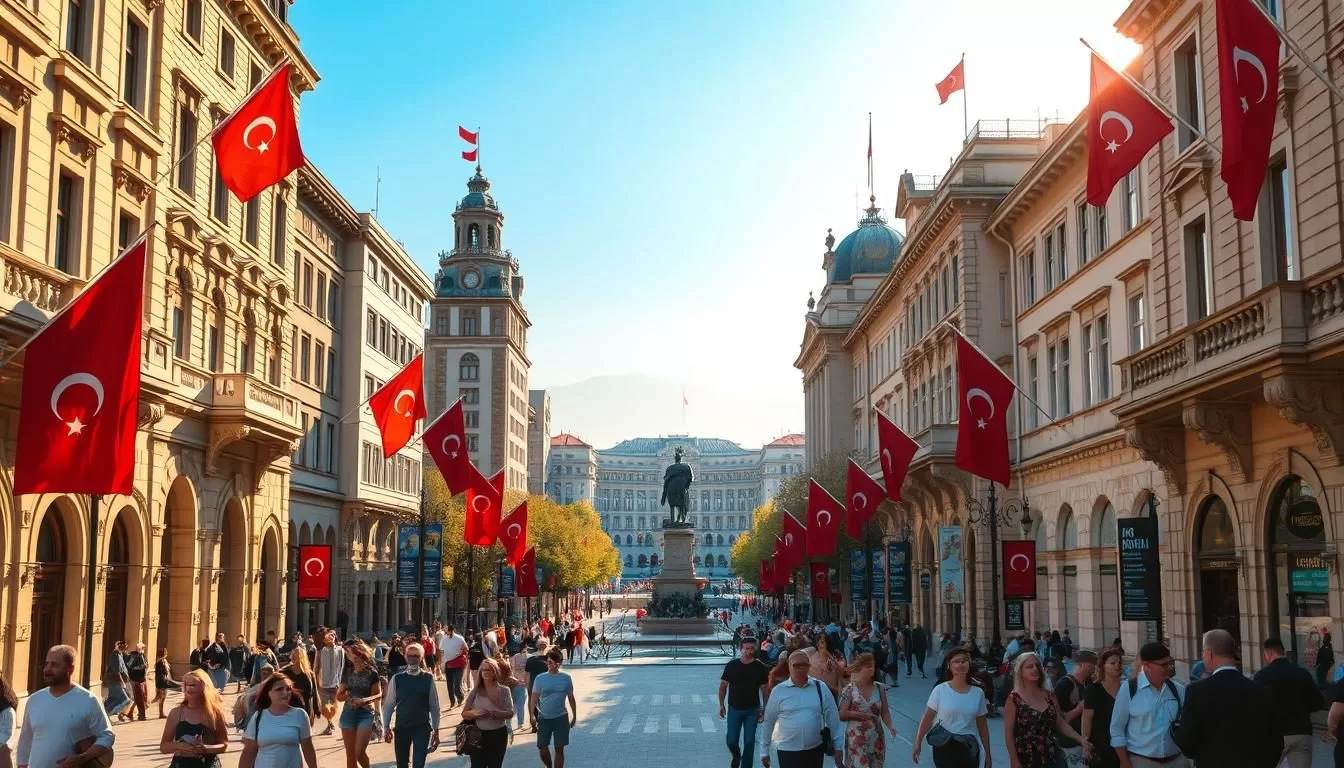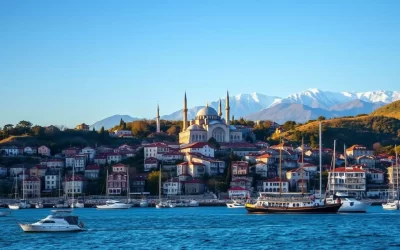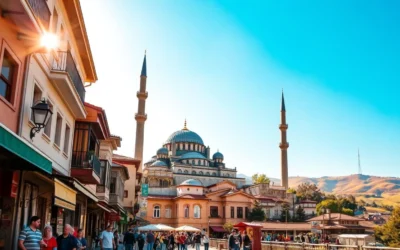✓ Accommodations✓ Flights✓ Rental Cars✓ Tours & Activities
Turkey is a country known for its rich cultural tapestry, and its linguistic landscape is no exception. The primary language spoken here is Turkish, which serves as the official language and is used by the vast majority of the population. This unifying language plays a crucial role in daily communication and national identity.
Beyond Turkish, the country is home to a variety of minority languages, reflecting its multicultural heritage. Kurdish, Arabic, and Zazaki are among the most widely spoken by diverse communities. These languages contribute to the vibrant social fabric, enriching traditions and fostering connections across regions.
Understanding the linguistic diversity of Turkey offers insight into its history and modern-day policies. Whether you’re a traveler or a curious learner, exploring these languages provides a deeper appreciation of the country’s unique identity.
Introduction to Turkey’s Linguistic Diversity
Exploring the linguistic landscape reveals a vibrant mix of cultures and traditions. The way people communicate here is deeply tied to their identity and heritage. Languages are not just tools for conversation—they are a reflection of the history and unity of various communities.
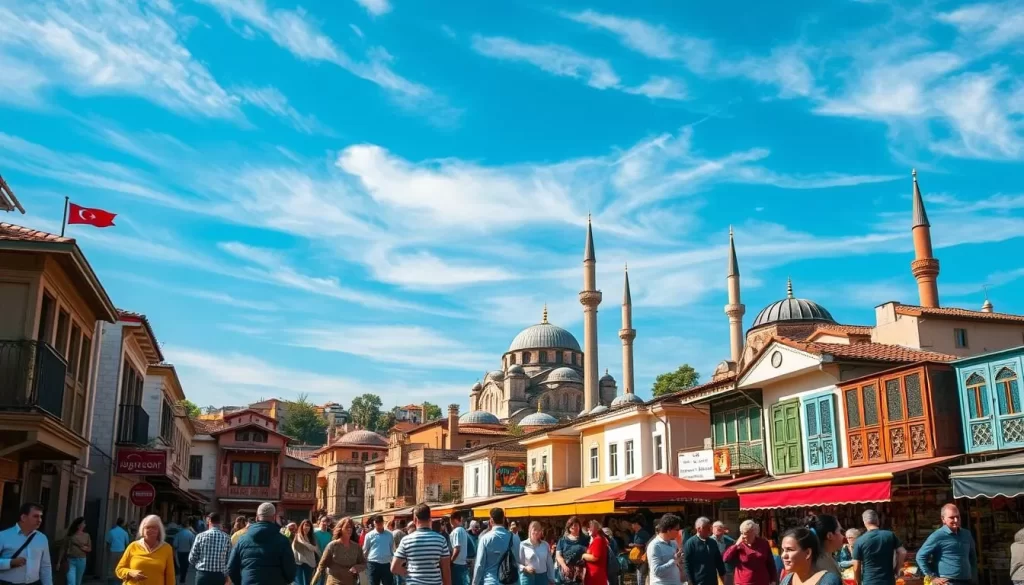
For centuries, different groups have coexisted, each contributing to the rich cultural tapestry. The majority language, Turkish, is spoken by over 70% of the population, while minority languages like Kurdish and Arabic add depth to this mosaic. These languages are more than just words—they are a bridge to understanding the past and present.
Why Languages Matter in Turkey
Languages play a crucial role in shaping the identity of a person or community. They reflect shared values, traditions, and experiences. In this region, the coexistence of multiple languages highlights the resilience and adaptability of its people.
From ancient times to modern reforms, the evolution of languages has been influenced by historical events. This has created a unique blend of old and new, where traditional dialects meet contemporary expressions. Understanding this dynamic helps you appreciate the broader social impact of linguistic diversity.
The Cultural Tapestry You Encounter
Every conversation here tells a story of unity and heritage. The interplay between majority and minority languages enriches the cultural experience. For example, Kurdish, spoken by millions, and Zazaki, with over a million speakers, are integral to the social fabric.
Historical events, such as the Treaty of Lausanne, have also shaped language policies, ensuring the protection of certain linguistic rights. This blend of tradition and modernity creates a fascinating cultural tapestry that continues to evolve.
Historical Evolution of Languages in Turkey
The linguistic history of this region is a journey through time. From ancient scripts to modern reforms, the story of language here is deeply tied to cultural and political changes. Understanding this evolution helps you appreciate the rich tapestry of communication today.
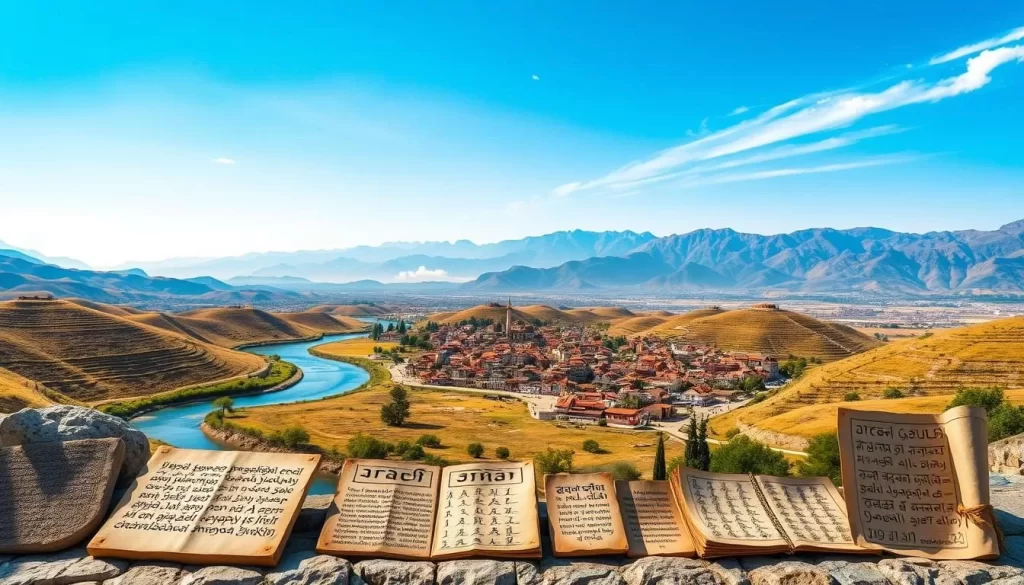
Ancient Languages and Their Legacy
Long before modern times, ancient Anatolia was home to languages like Hittite, Luwian, and Urartian. These early forms of communication laid the foundation for the region’s linguistic diversity. Their influence can still be seen in certain dialects and cultural practices.
For example, Hittite, one of the oldest recorded languages, was used in diplomatic and religious texts. Its legacy continues to inspire scholars studying the roots of human communication.
The Impact of Turkification and Reforms
The shift to modern Turkish began with Turkification efforts in the early 20th century. Reforms aimed to simplify and standardize the language, making it more accessible to the general population. This included replacing the Arabic script with the Latin alphabet in 1928.
Foreign language influences, such as French during the Ottoman Empire, also played a role. These elements enriched the vocabulary, especially in fields like law and diplomacy.
“Language is the road map of a culture. It tells you where its people come from and where they are going.”
Key moments, like the Treaty of Lausanne, ensured the protection of minority language rights. This blend of tradition and reform has shaped the linguistic identity you see today.
| Ancient Language | Modern Influence |
|---|---|
| Hittite | Diplomatic and religious terms |
| Luwian | Regional dialects |
| Urartian | Cultural practices |
By exploring these historical layers, you gain a deeper understanding of how language turkey has evolved. It’s a testament to the resilience and adaptability of its people.
Turkey: Official and widely spoken languages
The role of Turkish in public life is deeply rooted in the nation’s identity. As the official language, it unites people across diverse regions, fostering a sense of belonging. Whether in education, media, or government, Turkish remains the cornerstone of communication.
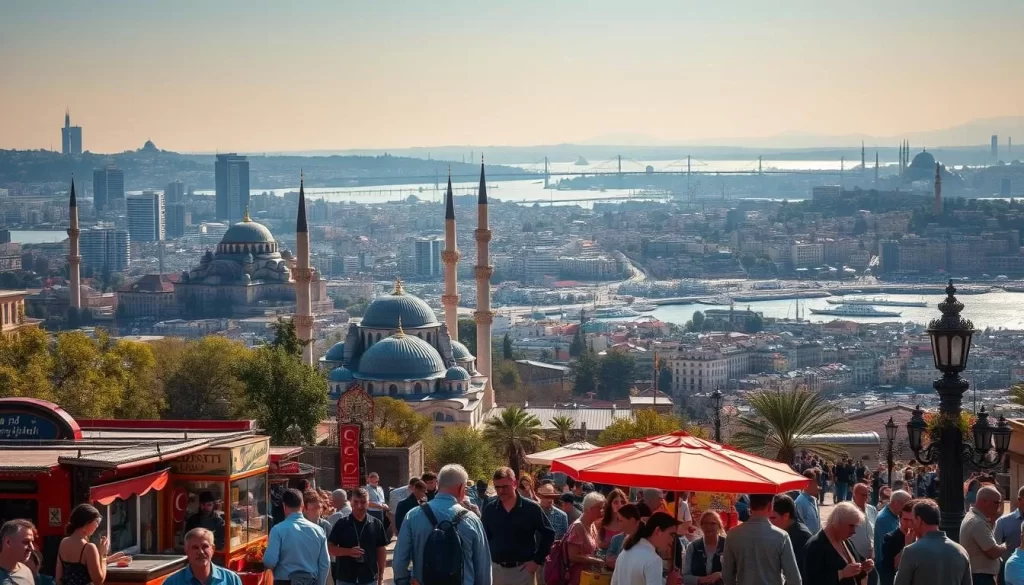
The Dominance of Turkish in Public Life
Turkish is spoken by 99% of the population, making it the most widely spoken language in the country. It serves as a bridge between generations, preserving cultural heritage while adapting to modern needs. Dialectal differences add richness to the language, reflecting the unique identity of each region.
For example, Kurmanji, a Kurdish dialect, is spoken by millions, showcasing the linguistic diversity within the nation. Despite these variations, Turkish remains the unifying thread, connecting people from all walks of life.
Modern Reforms and National Identity
Language reforms in the early 20th century played a pivotal role in shaping modern Turkish. The adoption of the Latin alphabet in 1928 simplified the language, making it more accessible to the general population. These changes strengthened public communication and reinforced national identity.
Rooted in the Turkic language family, Turkish has preserved its historical essence while evolving to meet contemporary demands. This balance between tradition and modernity is a testament to the resilience of the language and its speakers.
| Aspect | Impact |
|---|---|
| Dialectal Diversity | Enriches cultural identity |
| Language Reforms | Strengthens national unity |
| Turkic Roots | Preserves historical heritage |
Understanding the dominance of Turkish and its evolution offers insight into the nation’s cultural and social fabric. It’s a language that continues to adapt, uniting people while celebrating diversity.
Major Minority Languages Shaping Culture
The cultural richness of this nation is deeply tied to its minority languages. These linguistic traditions are not just a means of communication but a vital part of the identity of diverse communities. From Kurdish to Armenian, each language tells a story of heritage and resilience.
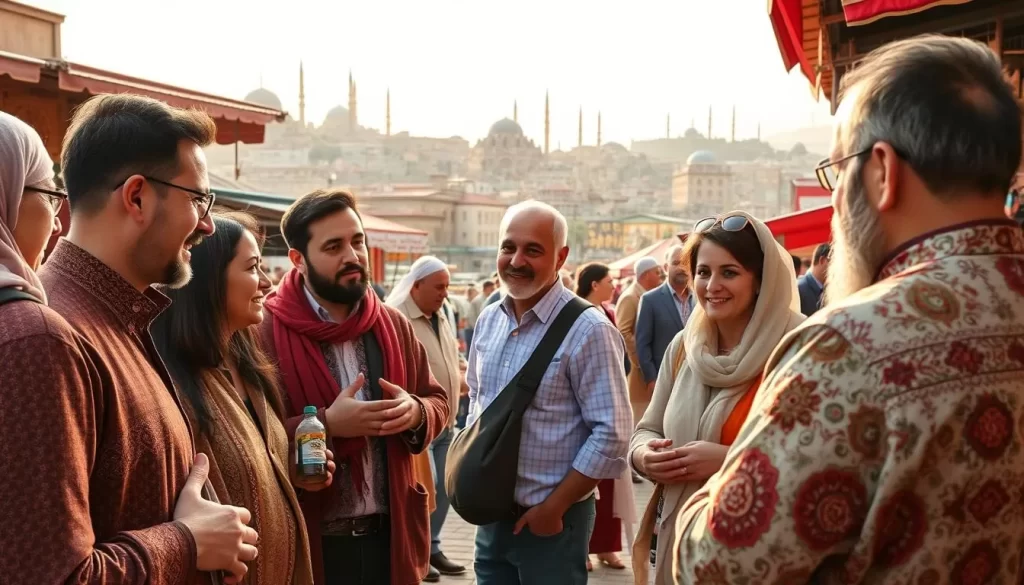
Kurdish, Arabic, and Beyond
Kurdish is the most widely spoken minority language, with approximately 15 million speakers, primarily in southeastern regions. Arabic follows, with around 1.5 million speakers, mostly near the Syrian border. These languages are integral to the cultural traditions of their communities.
Zazaki, with about 2 million speakers, is another significant language, primarily found in eastern areas. Despite urbanization pressures, these languages continue to thrive through community-driven initiatives.
Armenian, Greek, and Other Communities
Armenian and Greek are also part of the linguistic mosaic, reflecting centuries of coexistence. Though their speaker numbers are smaller, their cultural impact remains profound.
Schools and cultural institutions play a crucial role in preserving these languages. Bilingual education programs, especially since the 2000s, have helped younger generations connect with their heritage.
| Language | Speaker Number | Primary Region |
|---|---|---|
| Kurdish | 15 million | Southeastern |
| Arabic | 1.5 million | Near Syrian border |
| Zazaki | 2 million | Eastern |
| Armenian | Smaller communities | Various |
| Greek | Smaller communities | Various |
Historical shifts over the centuries have shaped the use of these languages. From ancient times to modern reforms, they have adapted to changing social and political landscapes.
Community media initiatives, such as podcasts and radio shows, are also helping to preserve these languages. These efforts ensure that minority voices remain a vibrant part of the cultural tapestry.
Regional Linguistic Landscapes Across Turkey
From the eastern highlands to the coastal plains, language tells a story of unity and diversity. Each region has its unique linguistic practices, shaped by history, geography, and culture. This diversity reflects the rich tapestry of identities across the country.
Languages in the Eastern and Southeastern Regions
The eastern and southeastern areas are known for their vibrant minority languages. Kurdish is the most widely spoken, with around 10-15% of the population using it daily. Arabic is also prevalent, especially near the Syrian border, where it serves as a primary language for many communities.
Historical influences from the Ottoman Empire continue to shape these regions. The empire’s legacy is evident in the coexistence of multiple languages and dialects. This blend of old and new creates a unique linguistic identity that is deeply tied to cultural heritage.
Coastal and Black Sea Influences
In contrast, the coastal and Black Sea regions are dominated by Turkish. Here, the official language turkey is the primary mode of communication, with over 70% of the population speaking it. English is also widely used, especially in tourist areas, reflecting the region’s global connections.
Geographical factors play a significant role in shaping these linguistic practices. The proximity to the sea has fostered trade and cultural exchange, enriching the local dialects. This dynamic interplay between tradition and modernity is a hallmark of the region’s identity.
Understanding these regional differences offers insight into the broader cultural landscape. For a deeper dive into Turkey’s linguistic diversity, explore this detailed guide.
Multilingual Education and Global Connections
Education in this region is evolving to meet global demands, with a strong focus on multilingual capabilities. The integration of foreign languages into schools is shaping a new generation of globally connected individuals. This approach not only strengthens the turkish language but also prepares students for international opportunities.
Foreign Language Integration in Schools
Public schools are increasingly adopting programs that teach languages like English, German, and French. These initiatives aim to enhance communication skills and foster cultural understanding. The state plays a key role in supporting these efforts, ensuring that students are well-equipped for a globalized world.
For example, English is now a core subject in many schools, with over 15% of the population learning it at a basic level. This reflects the growing importance of multilingualism in education and beyond.
Benefits of Multilingual Education
Combining the turkish language with foreign language instruction offers numerous advantages. It preserves cultural heritage while opening doors to international opportunities. Students gain a competitive edge in fields like business, diplomacy, and tourism.
Moreover, this approach promotes diversity and inclusivity, allowing students to connect with different cultures. It’s a step toward building a more interconnected and understanding society.
| Language | Integration Level | Benefits |
|---|---|---|
| English | Core subject in schools | Global communication |
| German | Optional courses | Career opportunities |
| French | Cultural programs | Diplomatic connections |
To learn more about the importance of the turkish language in global contexts, explore this detailed guide.
Challenges in Language Rights and Policy
Language rights in this region face significant challenges due to strict legal frameworks. Constitutional provisions, such as Article 42, restrict the teaching of minority languages in education institutions. This has created barriers for communities seeking to preserve their linguistic heritage.
Constitutional Restrictions and Minority Rights
Article 42.9 of the Constitution declares that no other language can be taught as a mother tongue in schools. This policy has limited access to education for minority groups, particularly Kurdish speakers. Historically, the Act of Unification of Education in 1924 banned teaching any language other than the official one.
For example, Kurdish has faced significant restrictions since the early 20th century. Despite informal teaching efforts, it remains illegal in formal education settings. This has marginalized millions of speakers, especially in southeastern regions.
International Perspectives and Criticisms
International bodies have criticized these policies for violating linguistic rights. The U.N. Declaration emphasizes the right of minorities to learn and use their mother tongue without discrimination. Efforts to influence reforms have gained momentum, but progress remains slow.
For instance, bilingual education programs have been suggested as a solution for Syrian refugee children, many of whom lack access to schooling due to language barriers. Such initiatives could pave the way for broader policy changes.
“Language is not just a means of communication; it is a cornerstone of identity and culture.”
To learn more about the education system’s impact on minority rights, explore this detailed analysis.
Cultural Preservation and Multicultural Integration
Preserving linguistic diversity is a cornerstone of cultural identity in this region. Efforts to sustain minority languages are vital for maintaining the rich tapestry of traditions and heritage. From grassroots movements to governmental programs, these initiatives ensure that every voice is heard and valued.
Grassroots Movements and Community Efforts
Local communities play a significant role in preserving minority languages. Educators and leaders work tirelessly to maintain a diverse language family, ensuring that traditional dialects and scripts are passed down to future generations. For example, Kurdish and Zazaki are actively taught in informal settings, despite legal restrictions.
These efforts are not just about language but also about identity. As one community leader shared,
“Our words are our history; losing them means losing a part of who we are.”
This sentiment drives many to continue their work, even in challenging circumstances.
Governmental Programs and Cultural Initiatives
The government has also taken steps to support cultural preservation. Programs funded by the Ministry of Culture and Tourism aim to revitalize endangered languages and scripts. These initiatives include workshops, festivals, and educational materials that celebrate linguistic diversity.
Modern cultural programs help integrate diverse linguistic communities, fostering societal harmony. For instance, bilingual education projects have been introduced in some regions, allowing children to learn both their native tongue and the language turkish.
To learn more about how these efforts are shaping the future, explore this detailed study on cultural integration and identity.
Success Stories and Future Directions
There are inspiring examples of local efforts sustaining languages over time. In southeastern regions, Kurdish is thriving through community-driven media, such as radio shows and podcasts. These platforms provide a space for storytelling and cultural exchange.
Looking ahead, the focus is on expanding these initiatives to more regions. The goal is to create a society where every language, whether widely spoken turkey or not, is celebrated and preserved.
Conclusion
Linguistic diversity plays a vital role in shaping the identity of a nation. The turkish official language serves as a unifying force, spoken by 90% of the population as their mother tongue. This highlights its importance in daily life and cultural heritage.
Minority languages, such as Kurdish and Arabic, enrich the social fabric. Around 15 million people speak Kurmanji, while Arabic has seen a rise due to recent migrations. These languages are more than just communication tools—they are a bridge to history and tradition.
Understanding this dynamic landscape helps you appreciate the balance between unity and diversity. Ongoing reforms aim to preserve these languages while strengthening the turkish official identity. This year, efforts continue to ensure linguistic rights and cultural integration.
For a deeper dive into this topic, explore this detailed guide. It offers insights into how language shapes the present and future of the turkish population.
The above is subject to change.
Check back often to TRAVEL.COM for the latest travel tips and deals.
